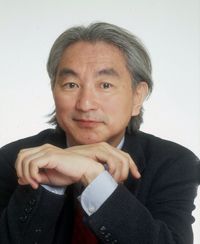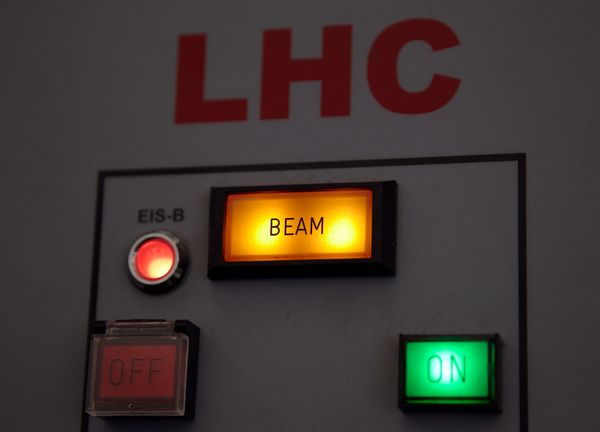Young Hugh Everett agreed with much of what the highly respected physicist Niels Bohr had suggested about the quantum world. He agreed with the idea of superposition, as well as with the notion of wave functions. But Everett disagreed with Bohr in one vital respect: Measuring a quantum object does not force it into one comprehensive state or another, according to Everett.
Instead, a measurement taken of a quantum object causes an actual split in the universe. The universe literally duplicates, splitting into one universe for each possible outcome from the measurement.
For example, say an object's wave function is both a particle and a wave. When a physicist measures the particle, there are two possible outcomes: It will either be measured as a particle or a wave. This distinction makes Everett's Many-Worlds theory a competitor of the Copenhagen interpretation as an explanation for quantum mechanics.
When a physicist measures the object, the universe splits into two distinct universes to accommodate each of the possible outcomes. So a scientist in one universe measures the object in wave form. The same scientist in the other universe measures the object as a particle. This also explains how you can measure one particle in more than one state.
As unsettling as it might sound, Everett's Many-Worlds interpretation has implications beyond the quantum level. If an action has more than one possible outcome, then — if Everett's theory is correct — the universe splits when that action happens. This holds true even when a person chooses not to take an action.
This means that if you have ever found yourself in a situation where death was a possible outcome, then in a universe parallel to ours, you died. This is just one reason that some find the Many-Worlds interpretation disturbing.
Another disturbing aspect of the Many-Worlds interpretation is that it undermines our concept of time as linear. Imagine a timeline showing the history of the Vietnam War. Rather than a straight line showing noteworthy events progressing onward, a timeline based on the Many-Worlds interpretation would show each possible outcome of each action taken. From there, each possible outcome of the actions taken (as a result of the original outcome) would be further chronicled, resulting in an essentially infinite number of alternate universes.
But a person cannot be aware of his other selves — or even his deaths — that exist in parallel universes. So how could we ever know if the Many-Worlds theory is correct? Assurance that the interpretation is theoretically possible came in the late 1990s from a thought experiment — an imagined experiment used to theoretically prove or disprove an idea — called quantum suicide.
This thought experiment renewed interest in Everett's theory, which many originally considered rubbish. Since Many-Worlds was proven possible, physicists and mathematicians have aimed to investigate the implications of the theory in depth. But the Many-Worlds interpretation is not the only theory that seeks to explain the universe. Nor is it the only one that suggests there are universes parallel to our own. Read the next page to learn about string theory.



